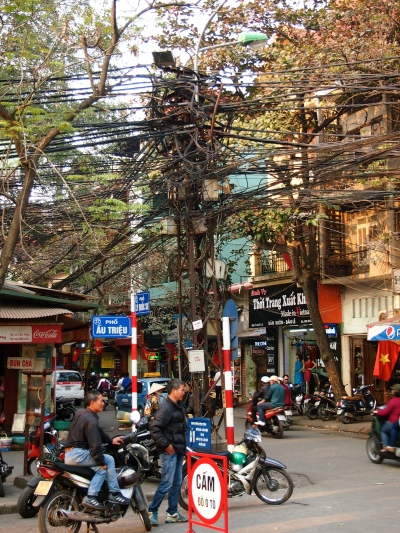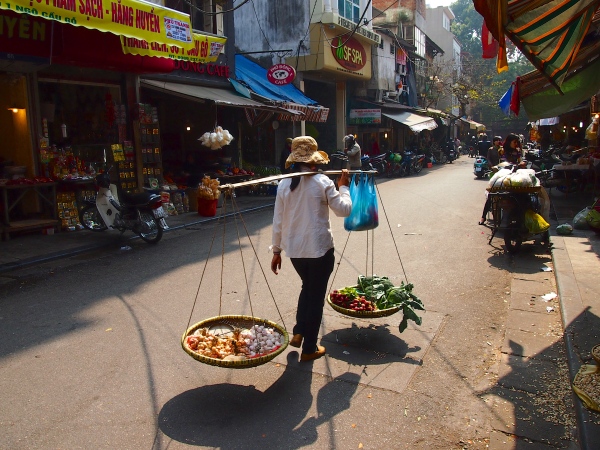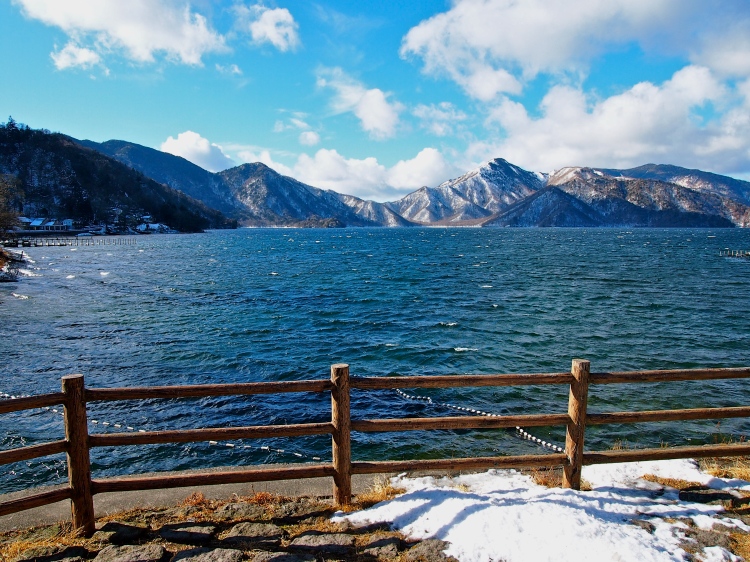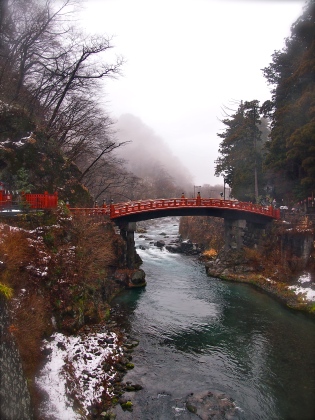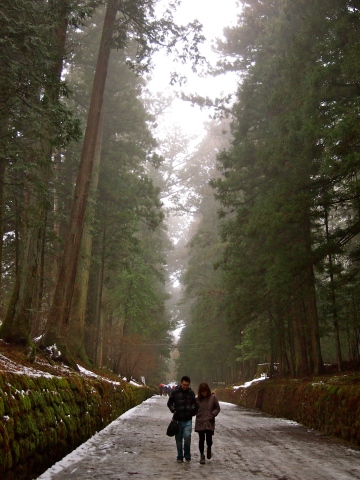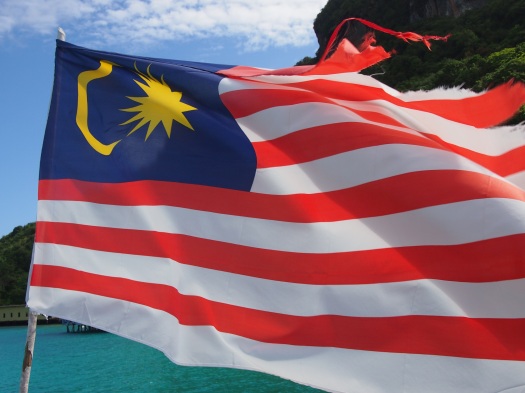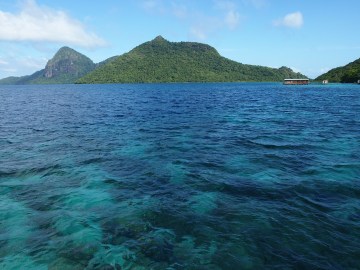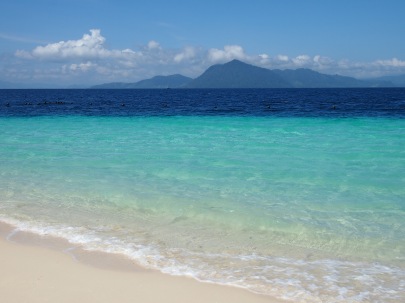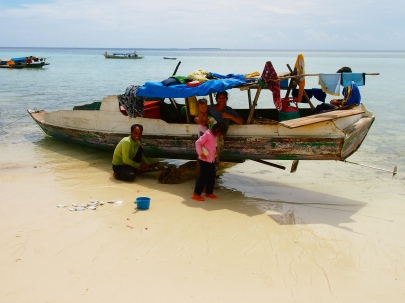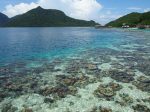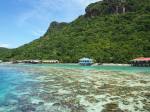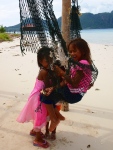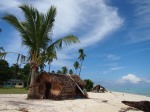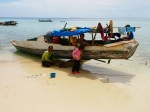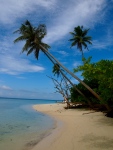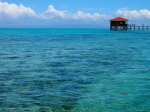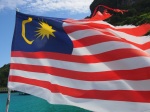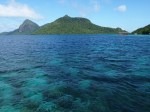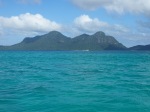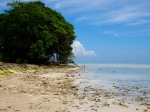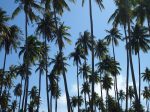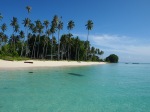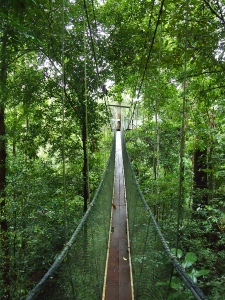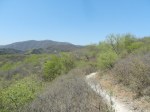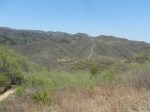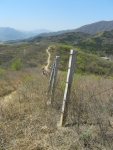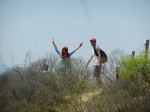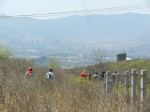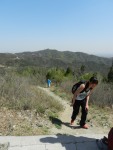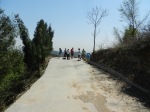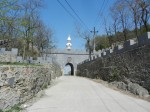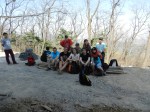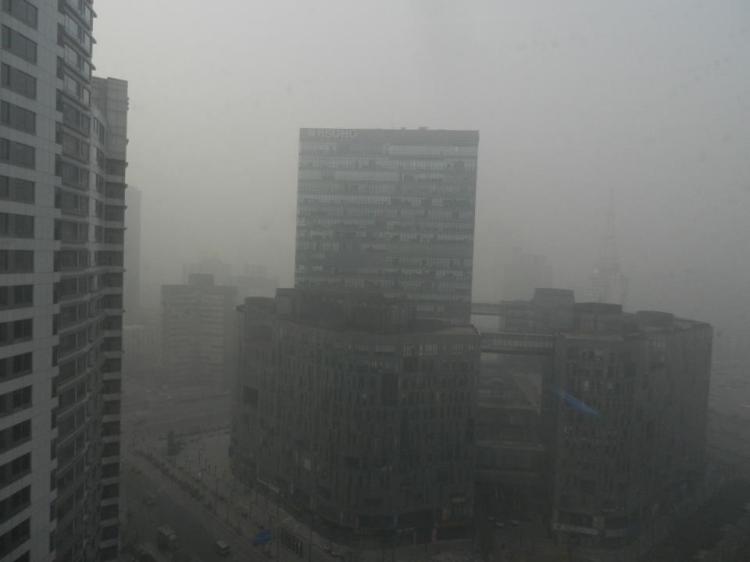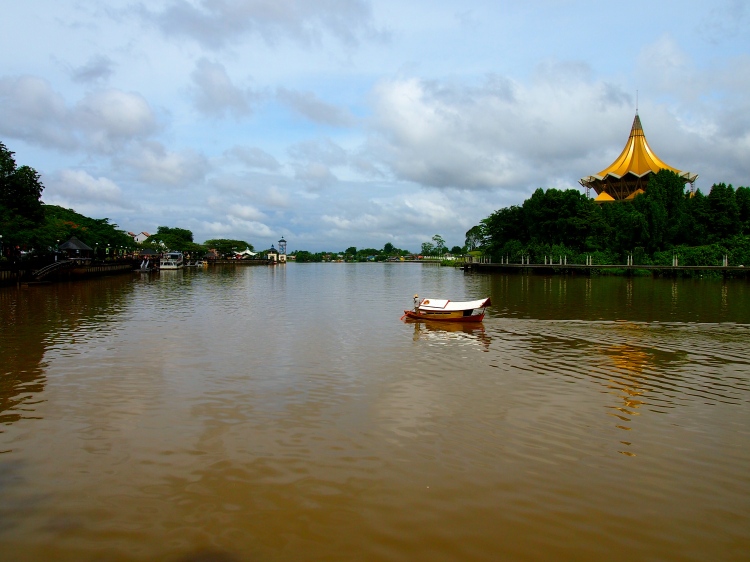
I truly enjoyed telling people about Borneo before the trip, it’s a rare destination and the name alone carried enough cache to make it sound like we’d be off on an Indiana Jones style adventure, or to undertake some anthropologically significant research in a land existing beyond the reach of time. What with all its connotations of primordial jungle and mangrove swamps and untouched, mist enshrouded mountains I made myself into an intrepid voyager just by mentioning the name.
The reality of course was far different, but no less fun. Most people would be surprised to find that Borneo is more developed than many neighboring tourist destinations. This is due partly to the fact that the British turned coastal Borneo into a kind of exotic, but well appointed getaway, and partly to the fact that despite Japanese occupation during World War II, Malaysian Borneo emerged relatively intact. A mix of oil, industrial, and agricultural wealth has further lent the region an agreeable mix of development and low prices. Malaysian Borneo is divided into two major administrative districts: Sarawak in the east and Sabah to the West. Our trip began in Sarawak, in Kuching, the ‘City of Cats,’ so I’ll begin there.

Aromatic herbs and spices, rice, locally grown produce, and a variety of coloful wares entice shoppers along the Main Bazaar, one of Kuching’s busiest thoroughfares.
From Beijing we flew into Kuching, Borneo’s largest city with 600,000 residents, and the capital city of East Malaysia. Downtown is quite walkable and friendly, with narrow streets, small cafes, and arcaded sidewalks filled with an assortment of colorful spices, dried fish, and locally produced handicrafts. One of the most fascinating things about Kuching is its poly-ethnic character. Malays (a majority of whom are Islamic), Chinese, Indians, native Iban, Dayak, the city is truly a melting pot and appears, to an outsider at least, fairly well integrated. Dragon bedecked temples, strings of red lanterns, and large, boisterous dining halls all testify to a pronounced Chinese diasporic presence. The absence of alcohol and pork from many restaurant menus (and from most local stores, including 711), the numerous local mosques, and prayer bells all attest to the strongly Muslim character of Borneo.
Downtown Kuching is a vibrant place, so how to fill days spent in the city? Eat seafood at Top Spot, have dinner at The Junk (seriously, The Junk is fantastic), stroll along the water front, drink coffee and browse for gifts. Sit and enjoy an afternoon of heavy clouds and everyday minutiae. Borneo Delight Café, located about a block off the waterfront in the heart of downtown is wonderful, extremely cheap, and serves traditional Malaysian food, so I would highly recommend grabbing lunch at the outside tables. With a pronounced lack of booze heavy nightlife typical in so many other tourist destinations, first time visitors to Kuching would be better served just ambling around town during the evenings. Because the city is so pedestrian friendly, just about everything can be accessed from the riverside promenade, itself breezy, well lit, and dotted with small restaurants.

At 350 or so pounds, Richie (the big guy on the ground) is the undisputed alpha male of the park. He was rescued by a local journalist from illegal captivity – he was being kept in a tiny cage for display.
Kuching is charming, yes, but its real attractions lie outside the city at Bako National Park and Semenggoh Wildlife Rehabilitation Center. Semenggoh sits less than 15 miles outside the city and is one of the premier destinations in the world to see Orangutans. It isn’t a zoo, the animals are not caged and roam the 650 acre park freely. For most of the year they remain elusive, feeding on wild fruit, but, when the fruit season ends the animals descend from the tree tops twice a day and head for one of two feeding stations. We were fortunate enough to see 5 of the 23 residents, all of whom were either rescued from illegal captivity, injury, or were actually born within the park. Unlike a zoo, there is no glass, no wire, and no enclosures of any kind between the visitors and animals; we were all warned to run if approached.
For us, Bako was the most amazing part of the Kuching area. Small, yeah, but it is loaded from its rain soaked ground to its canopied tree tops with rare, often bizarre forms of wildlife that appear to have sprung directly from the canon of jungle stereotypes. From Kuching an hour ride on public bus No. 1 will drop you right at the Bako Market dock, from which visitors to the park must take a boat.
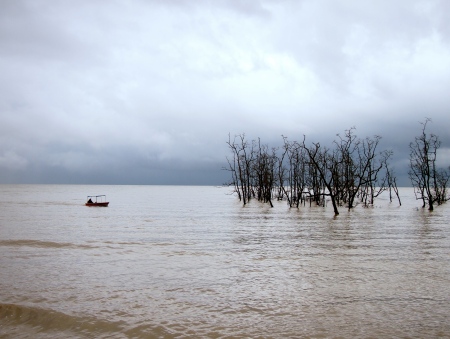
Looking out at the South China Sea, and a second round of approaching storms after we’d made it to the entrance of Bako National Park.
The boat ride out to the park probably deserves an entry to itself, but I’ll try to explain relatively quickly: We boarded a small sampan, maybe 18ft. in length, and headed up the Sungai Tabo River out into the South China Sea past pristine mangrove swamps backed by towering primary jungle forest. What made the ride so interesting were the storms. A great black angry wall of clouds was marching south, chasing rain and swells and white capped waves towards our little vessel. With a face like chiseled stone our pilot pointed the boat straight out into the bay, apparently unconcerned about the rough seas, the rising swells, and the approaching storm. Unconcerned I guess because he was actually racing other taxis towards a narrow channel cut through a minefield of shoals. I am sure this memory falls victim to retrospective embellishment, but at the time it felt like we were riding a gas powered canoe into a line of South Pacific squalls.

A male Proboscis monkey hanging out in the trees near the Bako National Park visitor’s center. Note his distinctively shaped nose, which can be used as a snorkel when swimming.
Anyway, drenched by rain and spray we made it to the entrance of Bako, laughing for the most part about the ride and were greeted almost immediately by one of the park’s more comical inhabitants: the Proboscis Monkey, or, if you’re under 18 and male, and/or enjoy mid-low tier penis jokes, the ‘Chode-Nosed Monkey’. Bako is home to about 275 of these highly endangered animals, in addition to a larger number of Long Tailed Macaques and some Silvered Langurs. The Proboscis monkeys are very distinctive, a reddish blonde with long, powerful tails, males have a huge pendulous nose that continues to grow with age.
Wildlife and natural scenery are plentiful at Bako. Established in 1957, many of animals are far less wary of humans and are more concentrated, meaning that any visit will mean a variety of citings. Beared boars, monkeys, giant monitor lizards, beautiful Asian Pit Vipers, frogs, and tarsiers, tiny deer, a tremendous variety of birds – the list is long. Flora is also a major draw, thick primary jungle covers the whole area, a variety of carnivorous plants abound, and all kinds of strange flowering varieties greet you on walks.
Toss in an extensive network of well maintained trails, stunning cliffs, remote beaches, food, lodging, cheap and easy access, and concentrated natural beauty and Bako is an across the board win. If you are in Kuching, if only for a couple days, Bako should be on your itinerary. It is extremely easy to fit into a day trip.
This slideshow requires JavaScript.
